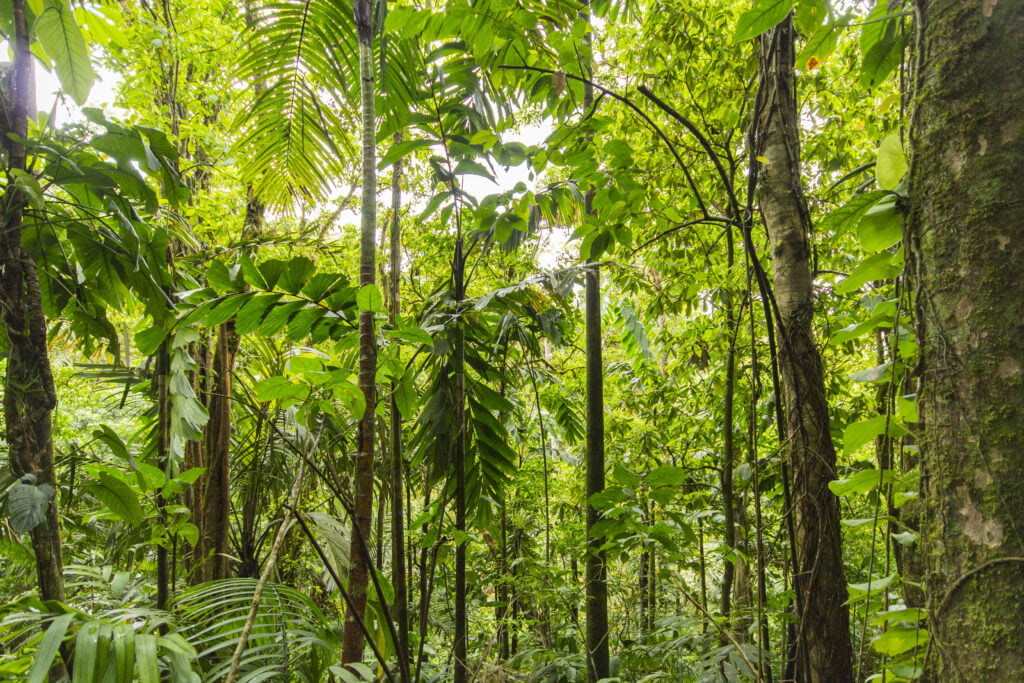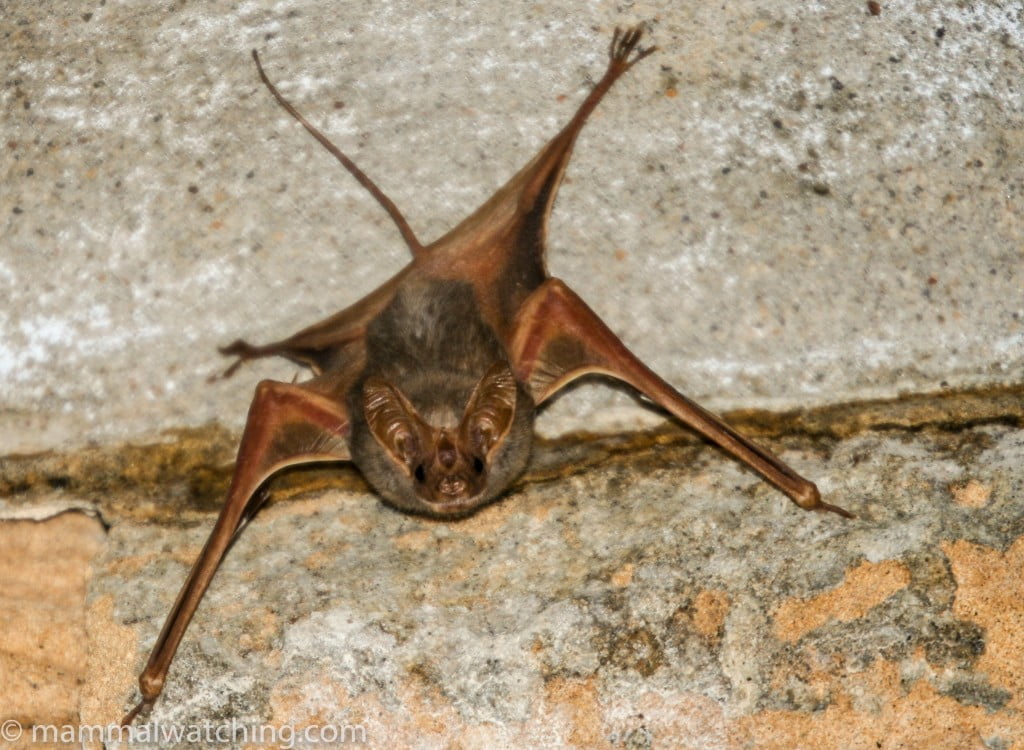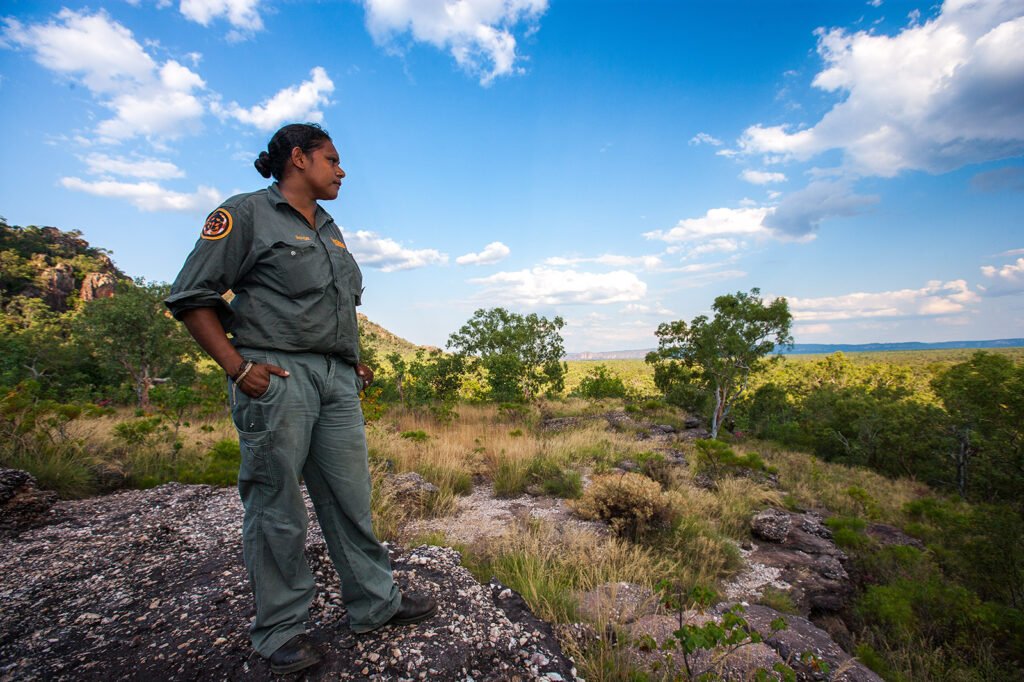Protected areas are effective at preventing forest clearing. But where they are and how strict the protection also matters.
 Not all forest protection has the same result. : helmi099
Not all forest protection has the same result. : helmi099
Protected areas are effective at preventing forest clearing. But where they are and how strict the protection also matters.
Forests on Earth are shrinking at an alarming rate. Around 100,000 square kilometers, roughly the size of South Korea, are cleared annually. In response, governments around the world often designate ecologically significant areas as ‘protected’. More than 15 percent of land across the globe is under some form of protection and there is a push to increase this coverage to 30 percent by 2030.
But not all protection is effective. Despite the protection order, forest loss and degradation still occur.
Research published in the journal Environmental Research Letters found that where the protected forest was located, and how strict the protection measures were, influenced how successfully the forest was safeguarded.
The researchers used high resolution, satellite images of 81 countries to track changes in forest cover between 2000 and 2012. During that time, 3.2 million square kilometers of land were placed inside new protected areas. For an apples-to-apples comparison on what could have happened to forest cover in the absence of this new protection, the researchers matched protected areas with similar unprotected areas.
The new protected areas reduced deforestation by 72 percent compared with matched unprotected areas. The researchers estimate this equated to 86,062 square kilometers of forest saved. Protected forests in areas that face the greatest threat from clearing were the most effective at saving the forests because in the comparison areas land clearing was more prevalent.
For example, protected areas in Brazil, Cambodia, Guatemala, Latvia and Estonia had the highest protected area effectiveness. These countries also faced higher incidence of country-level deforestation.
How rich a country was didn’t seem to affect how effective its forest protection was. But countries with high GDP growth rates tended to do better. Countries with less dependence on agriculture, and better governance generally fared better in avoiding deforestation.
Geographic location didn’t have an effect. In fact, even in geographic regions that face similar levels of deforestation threats, some countries’ protected areas fared much better than other countries in the same region. The top performing countries in each region were South Africa, Cambodia, Latvia, Guatemala, Uruguay or Brazil and New Zealand. Given that countries within the same geographic region face similar deforestation threats, the study provided insight into how much more deforestation could have been avoided had every country’s protected areas performed as well as the best-performing country in the region. If each country had done as well as their neighbors, it would have increased the area of deforestation avoided by 38 percent, saving a further 33,000 square kilometers of forests.
How strict the level of protection was did have an effect. The protected areas belong to one of six categories established by the International Union for the Conservation of Nature. The researchers grouped the six categories into strict protection (IUCN categories I and II), aligning with what most people imagine to be ‘wilderness’ areas and national parks; and less strict protection (IUCN categories III – VI) which allow more human uses of the areas.
The results were patchy, but on average, strict protection was more effective at reducing forest loss. Strictly protected areas reduced forest loss by 81 percent whereas less strictly protected areas reduced forest loss by 67 percent. But more research would be needed to guide policymakers in the choice of protected area management categories.
Evaluation of the impact of protected areas is a growing area of research. In addition to setting area-based targets for forest protection, conservation policy needs to consider how effective the protection is. More research will provide a more nuanced understanding of which kind of protection works best in different situations. This will contribute to making existing protected areas more effective.
Payal Shah is a research scientist at the Okinawa Institute of Science and Technology. She uses economic theory and statistical methods, combined with tools from ecology and biogeography, to evaluate the impact of conservation policies.
This research has been partially supported by Grants-in-Aid for Scientific Research by Japan Society for the Promotion of Science
Originally published under Creative Commons by 360info™.













